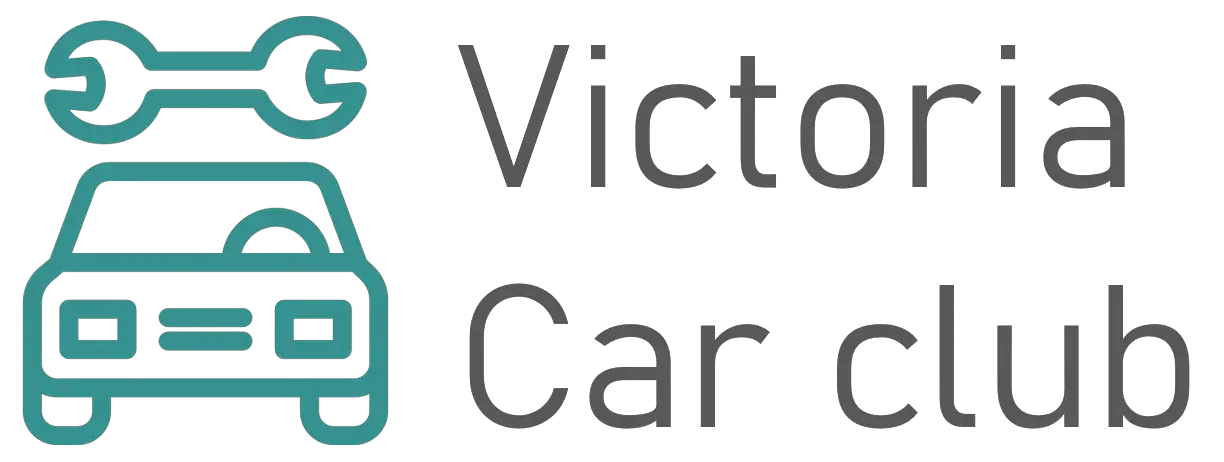Encountering problems on your automobile is especially bothersome, furthermore the economic aspect that these concerns represent, one must also add the time lost with a non-operational Tesla Model 3 and the time spent to establish and fix the malfunction. On the other hand, some problems are less serious than others, which is not to say that they do not stress us. Today we are going to seek out a issue that can happen to everyone, feeling vibrations at acceleration on Tesla Model 3. This issue can sometimes be difficult to perceive but it must be looked after. We will so commence our content with the sources of these vibrations on Tesla Model 3, then, with the solutions you have to reduce or stop these tremors.

Why does my Tesla Model 3 emit vibrations when accelerating?
So let’s commence our content with the sources of this type of issue on your car. You should already know that an engine, specifically if it is ancient or if it has been driven quite a lot, can naturally vibrate without being a issue behind it. Large diesel engines, specifically those with a lot of torque, can trigger this sort of impression, both at idle and when accelerating.
I feel vibrations on my Tesla Model 3 only when accelerating
Let’s take the most interesting case for us in this content. The simple fact that you come to feel trembling on your Tesla Model 3 during your acceleration periods, in this situation you will have to examine the state of different components because a good number of elements can be at the beginning of these vibrations and whether or not you are unlucky a combination of several of them may also be possible, here is the list of components that can be involved.
- Turbo: If the turbo of your Tesla Model 3 is faulty, it may trigger vibrations that you will suffer when you accelerate at the moment it is activated.
- The turbo pressure sensor: This sensor will manage the pressure exerted in the turbo of your car, if it fails it may affect the behavior of your turbo and create vibrations that you may feel during acceleration of your Tesla Model 3.
- If the turbo is punctured or damaged, the result will be the same, the power supply of your turbo will be disrupted and its behavior too. Be sure to visually check their condition.
.
I’m having vibrations on my Tesla Model 3 at acceleration and deceleration
We will now concentrate on the scenario where you feel vibrations on your Tesla Model 3 when you are accelerating but also when you are idling. If you only feel vibrations when you are idling on your Tesla Model 3, please seek advice from our content focused on this issue to fix your problem. If, however, you notice that your Tesla Model 3 vibrates when accelerating but also when it is stopped, here is the list of elements to check:
- EGR valve: In reality this valve which manages the return of exhaust gases for pollution standards can become dirty and bother the evacuation of exhaust gases which can trigger Tesla Model 3 vibrates when accelerating but also when stopped.
- Injectors: Your injectors that control the fuel/air mixture flow may be dirty or damaged, which will release the wrong amount of mixture and thus prevent your engine block from working effectively, it is even possible that one or more of your cylinders are not running effectively.
- Fuel Filter: Like the injectors, if the filter is blocked it will not let the fuel pass effectively and therefore bother the performance of your Tesla Model 3, up to the point of causing vibrations during acceleration.
Here are the main triggers of a Tesla Model 3 that vibrates at acceleration
What can I do to stop the vibration when I accelerate on my Tesla Model 3? What can I do?
Finally, in this last part, we will give you the possibilities available to you to cure these tremors on your car when you accelerate. Here is the best attitude to adopt according to the part that is involved:
- Turbo: If your turbo starts all these vibrations when you accelerate your Tesla Model 3, it will be good for you to control all the components connected to it because changing a complete turbo is a big budget and generally the issue does not come directly from the turbo. So be sure to examine your turbo pressure sensor, your flowmeter, the EGR valve and the hoses of your turbo. Otherwise take your Tesla Model 3 to your garage area.
- EGR valve: The EGR valve has the advantage that it is more often than not easy to access and easy to take apart/clean. You can always examine it and clean it, for this see our content on cleaning the EGR valve of an Tesla Model 3.
- Injectors: Injectors are very sensitive components and a few impurities may be enough to bother their performance. Use a fuel additive to simply clean the injectors, if this is not enough you will have to go to a expert.
- Fuel Filter: If it is the fuel filter, only replace it. A fuel filter doesn’t clean itself, so if it is clogged you will simply have to replace it with a new one.
Now you have all the information you need to uncover the origin of the vibrations at acceleration on your Tesla Model 3. If you don’t feel able to accomplish certain operations don’t hesitate to go to your auto technician.
If you have any additional questions about the Tesla Model 3, do not hesitate to consult our Tesla Model 3 category.

